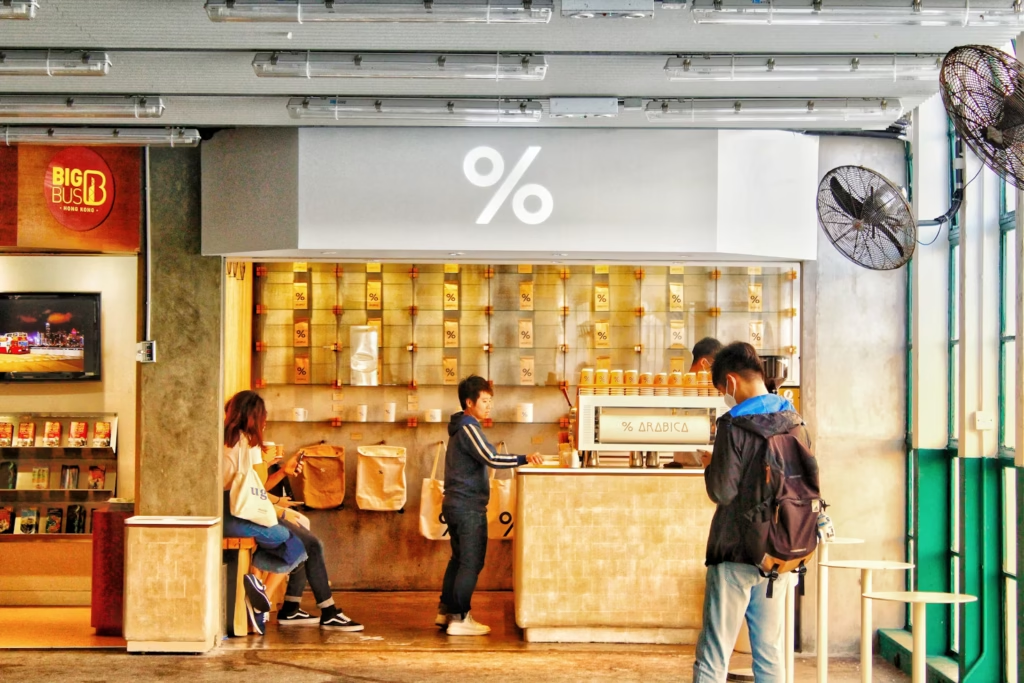Understanding Inflation and Its Impact on Consumers
Introduction:
Inflation affects nearly every aspect of the economy, from purchasing power to interest rates. For consumers, it can mean higher prices on goods and services, which erodes their purchasing power. In this post, we’ll examine what inflation is, how it impacts consumers, and the broader economic consequences.
What is Inflation?
Inflation is the rate at which the general level of prices for goods and services rises, resulting in a decrease in purchasing power. It is typically measured by indices like the Consumer Price Index (CPI) or the Producer Price Index (PPI).
Causes of Inflation:
Demand-Pull Inflation:
This occurs when demand for goods and services outpaces supply. As demand increases, businesses raise prices to balance demand with the available supply.
Cost-Push Inflation:
This type of inflation arises when the cost of production increases, leading businesses to pass on the higher costs to consumers in the form of higher prices. Factors like higher raw material costs or wages contribute to cost-push inflation.
Monetary Inflation:
When central banks increase the money supply in the economy, it can lead to inflation. If the amount of money in circulation grows faster than the supply of goods and services, it can lead to price increases.
Impact of Inflation on Consumers:
Erosion of Purchasing Power:
As prices rise, consumers are able to buy less with the same amount of money. This impacts households, particularly those with fixed incomes, as their ability to purchase goods and services declines.
Rising Costs of Living:
Inflation typically leads to higher costs in everyday goods such as food, housing, and healthcare. This results in a higher cost of living, forcing consumers to adjust their budgets and spending patterns.
Interest Rates and Borrowing:
Central banks typically raise interest rates to control inflation. While this may help to reduce inflation, it also increases the cost of borrowing, affecting consumer loans, mortgages, and credit cards. This can slow down consumer spending and borrowing.
The Broader Economic Consequences of Inflation:
Wage-Price Spiral:
As the cost of living rises, workers demand higher wages to keep up with inflation. Businesses, in turn, raise prices to cover these increased labor costs, leading to a continuous cycle of inflation.
Impact on Investment:
Inflation can lead to uncertainty in investment markets. Investors often demand higher returns to offset the eroding value of money, which can impact stock prices, bonds, and real estate investments.
Social Unrest:
Prolonged periods of high inflation can lead to dissatisfaction among the public, as the cost of living becomes unaffordable. This can lead to strikes, protests, or changes in government policies.
Conclusion:
Inflation has a significant impact on consumers, eroding their purchasing power and increasing the cost of living. Understanding the causes and consequences of inflation is crucial for both consumers and businesses to navigate economic challenges. Central banks play a critical role in managing inflation to ensure economic stability and sustainable growth.

